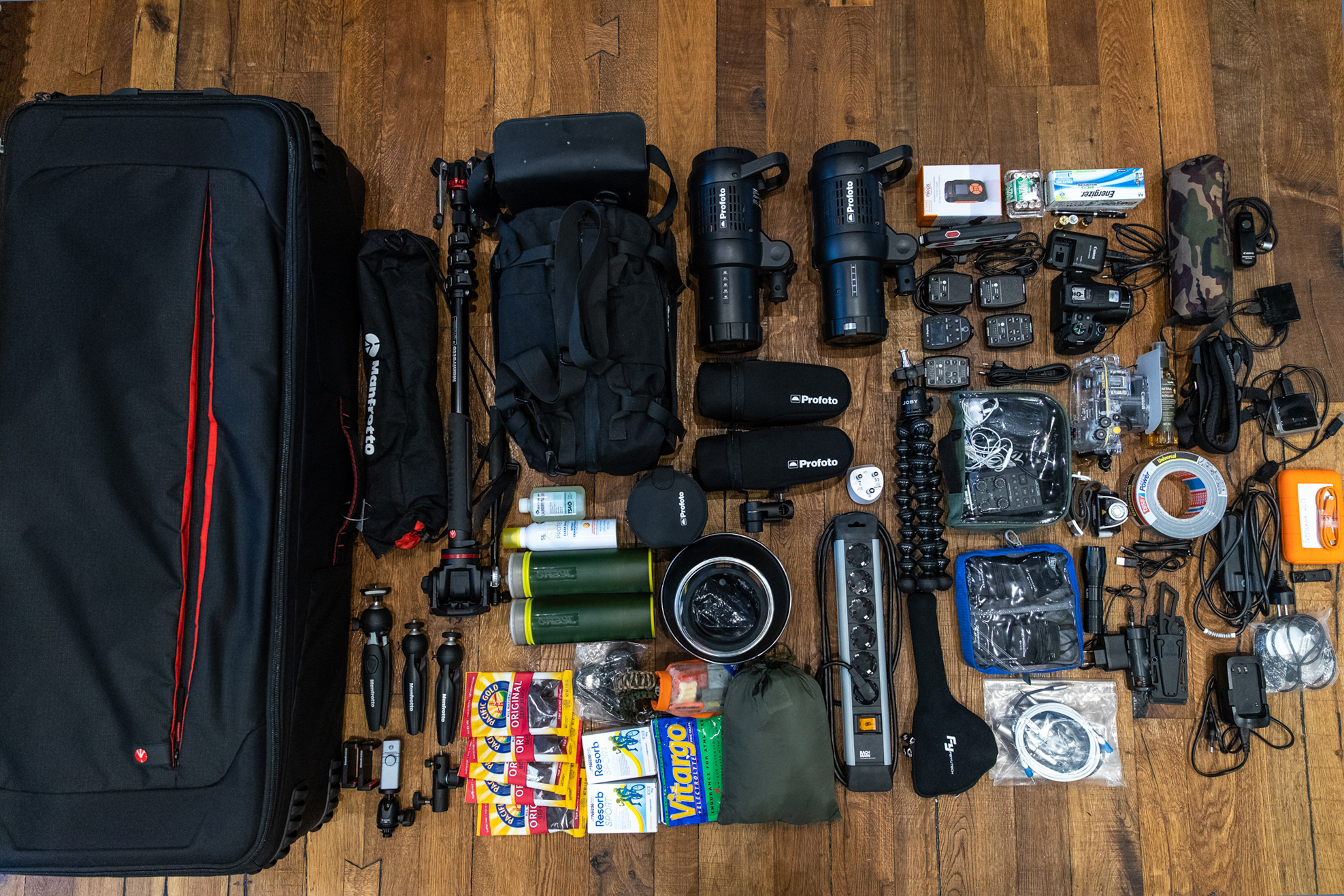Tom and Anders put the wildlife in focus with Profoto and Manfrotto
Written by: Steven Hanratty

Overcoming nervous animals, roaming carnivores and shooting at night to create truly memorable wildlife images.
In the far south of Africa, just north of South Africa, lies the Republic of Botswana. Photographers Tom Svensson and Profoto's very own Anders Hannola are here for the wildlife. The beautiful and the deadly. Because while you'll find the grasslands and the savannas populated with impalas, zebras, and cattle, there are also animals of a more predatory kind roaming free. In these beautifully vast vistas, there is the distinct whiff of danger.
Tom's no stranger to Africa, and he specifically refers to himself not as a wildlife photographer, but a conservation photographer. “I want to create images that show animals in their natural habitat, photographs that touch people and hopefully make them want to do something, to change things.”
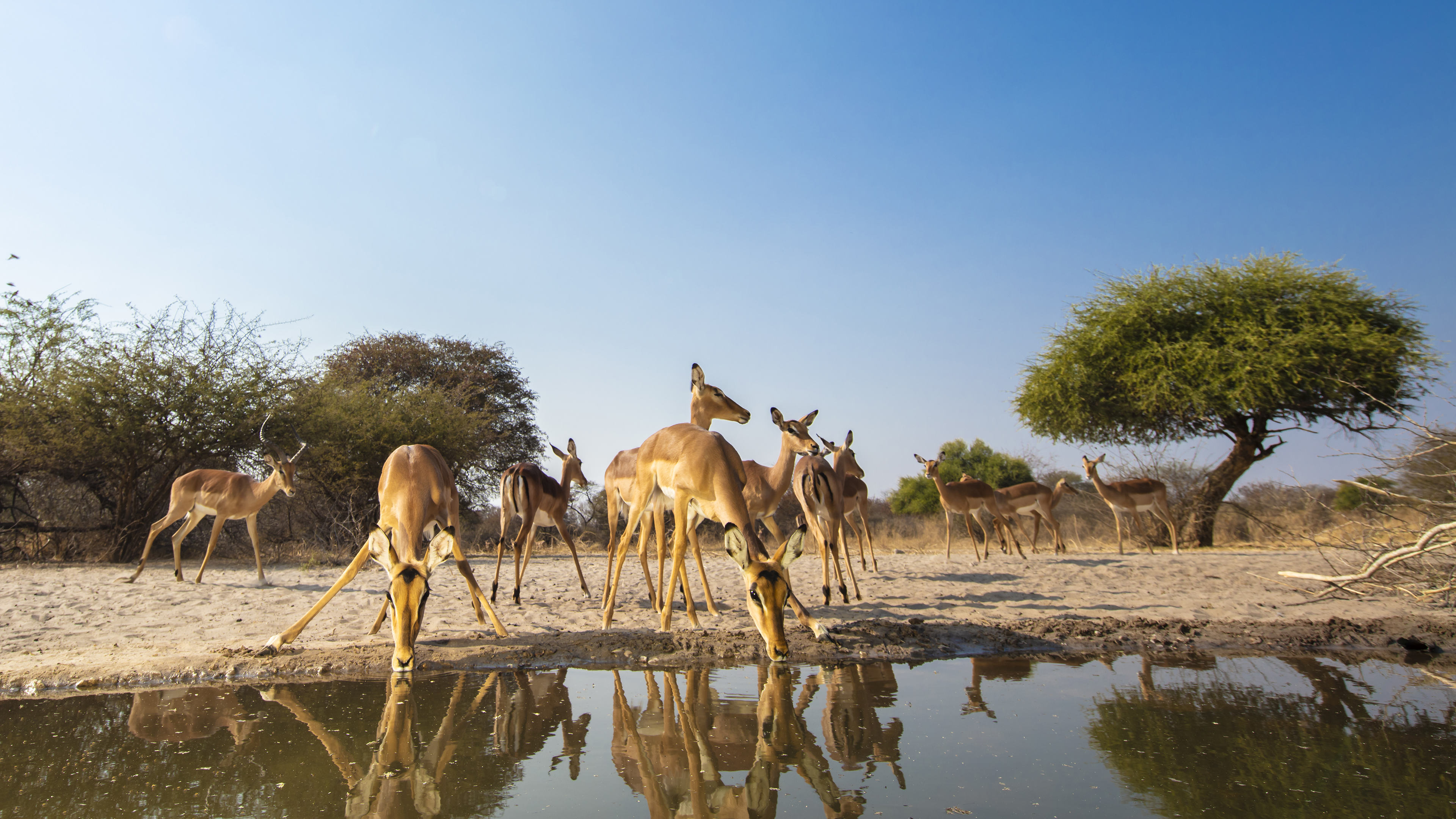
The shoot: And the Impalas arrive, eventually
If one word encapsulated the entire shoot – it would be ‘patience’. Because animals are incredibly cautious, one wrong move out here and they could suddenly become a passing leopard's lunch. So if they see something out of the ordinary, they won’t come near which presents problems when you’re trying to photograph them, which is why from set up of the camera and the Profoto A1 flash, and capture of the first image of the Impala’s visiting the watering hole – it took a week.
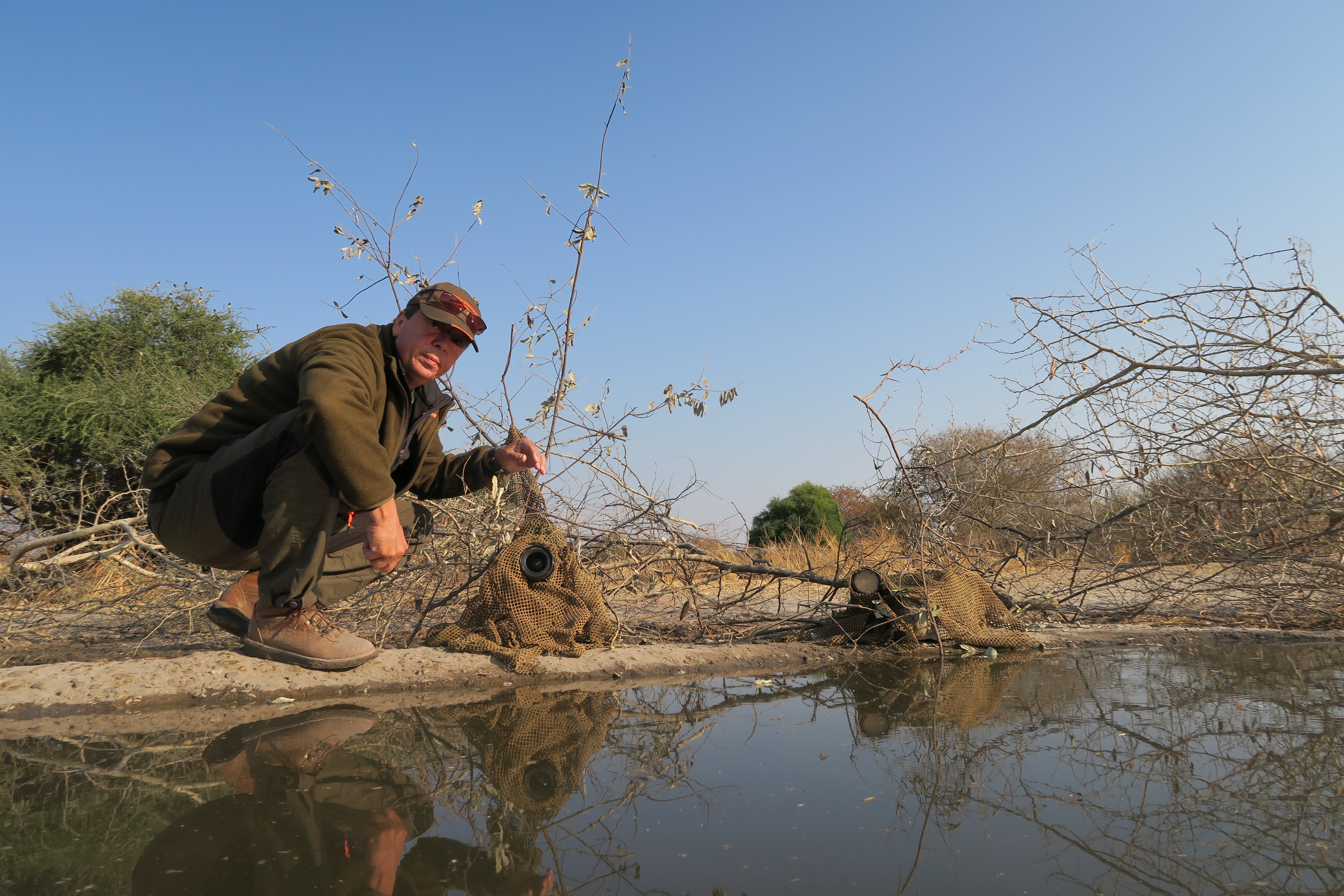
The team positioned the camera on the opposite bank from where Tom had previously observed the Impala’s approaching and drinking. The substantial Joby GorillaPod 5K was deployed to keep the camera still and stable. While Anders placed the Profoto A1 on the small tripod to the left of where Tom expected the animals to be - with an orange gel to push a little warmth into Impala's fur and to compensate for the sun that would be behind them. And because the light was continually changing Tom opted to shoot in TTL.
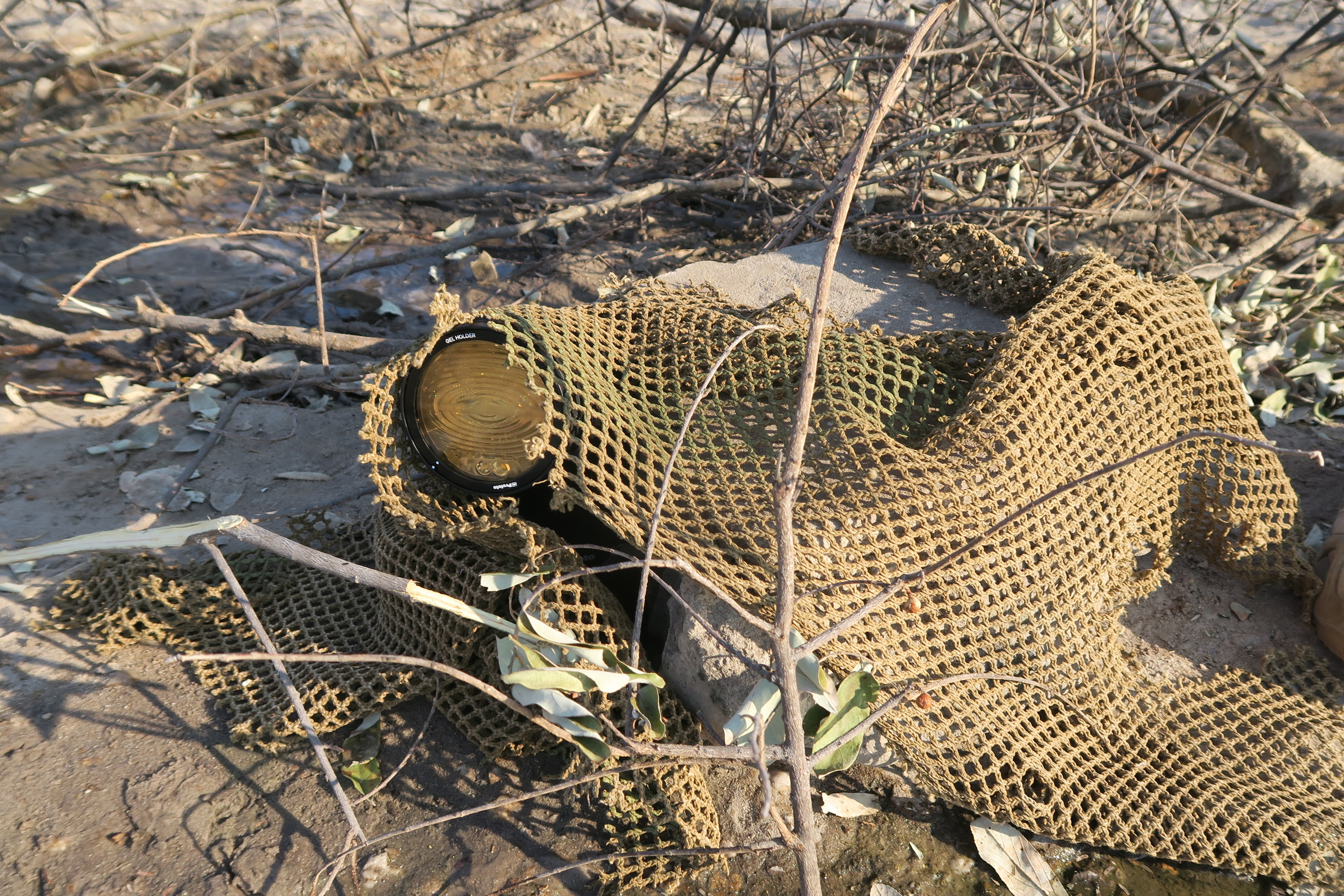
Tom waited in a hide a little way away from the watering hole where he would fire the trigger. And there he stood for five hours a day. Waiting. Waiting. Waiting.
Eventually, the Impalas became used to the photographic equipment at the watering hole. After a while, it became normal to them that the equipment would be there - after all, it was there yesterday, and the day before – so the skittish animals finally started to approach. The waiting paid off, and Tom had captured his first image.
And he was impressed. “The sort of flash I’d experienced before, the light was too much, not natural. But the A1 is not like an ordinary flash, it’s completely natural.”
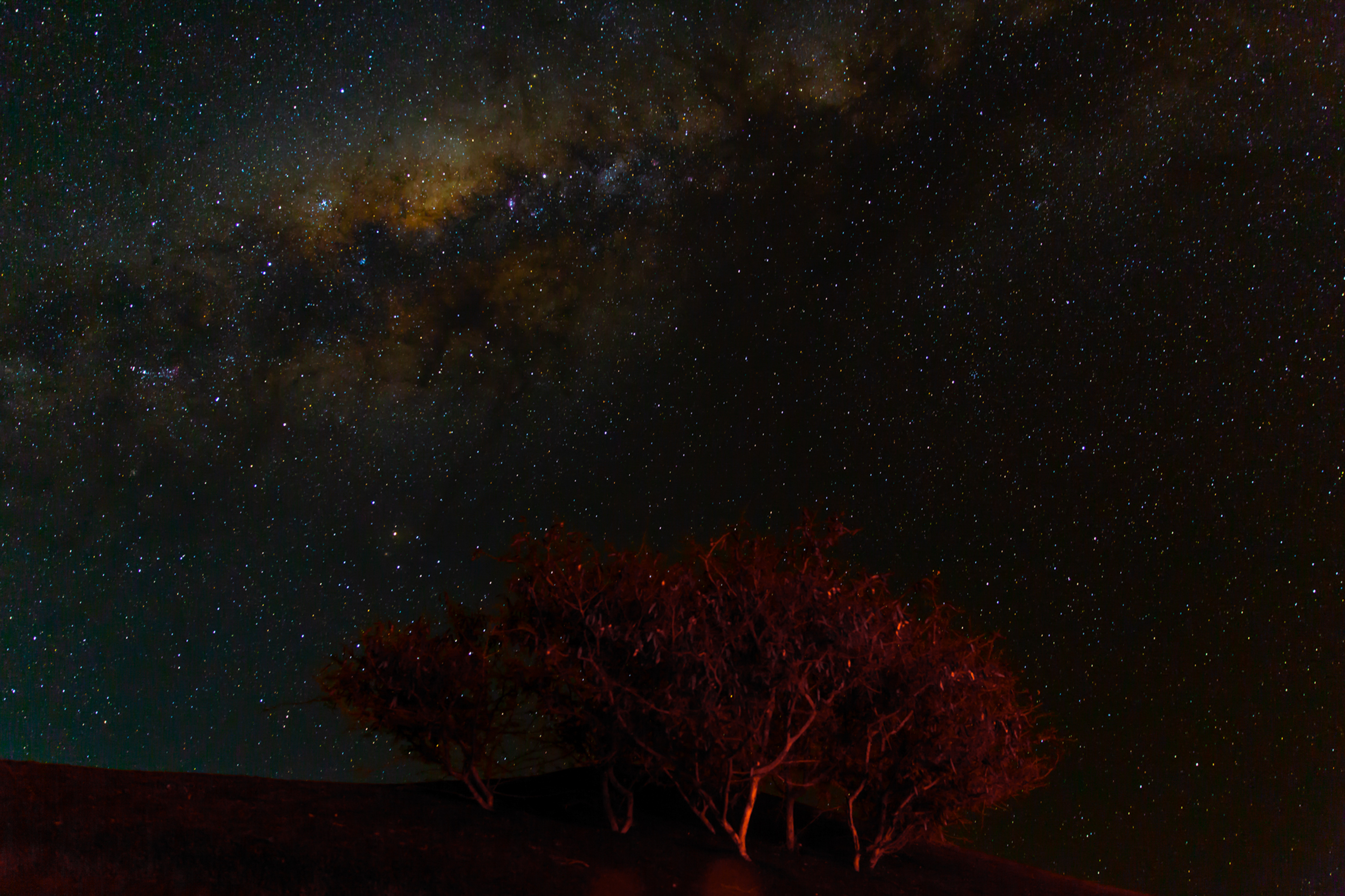
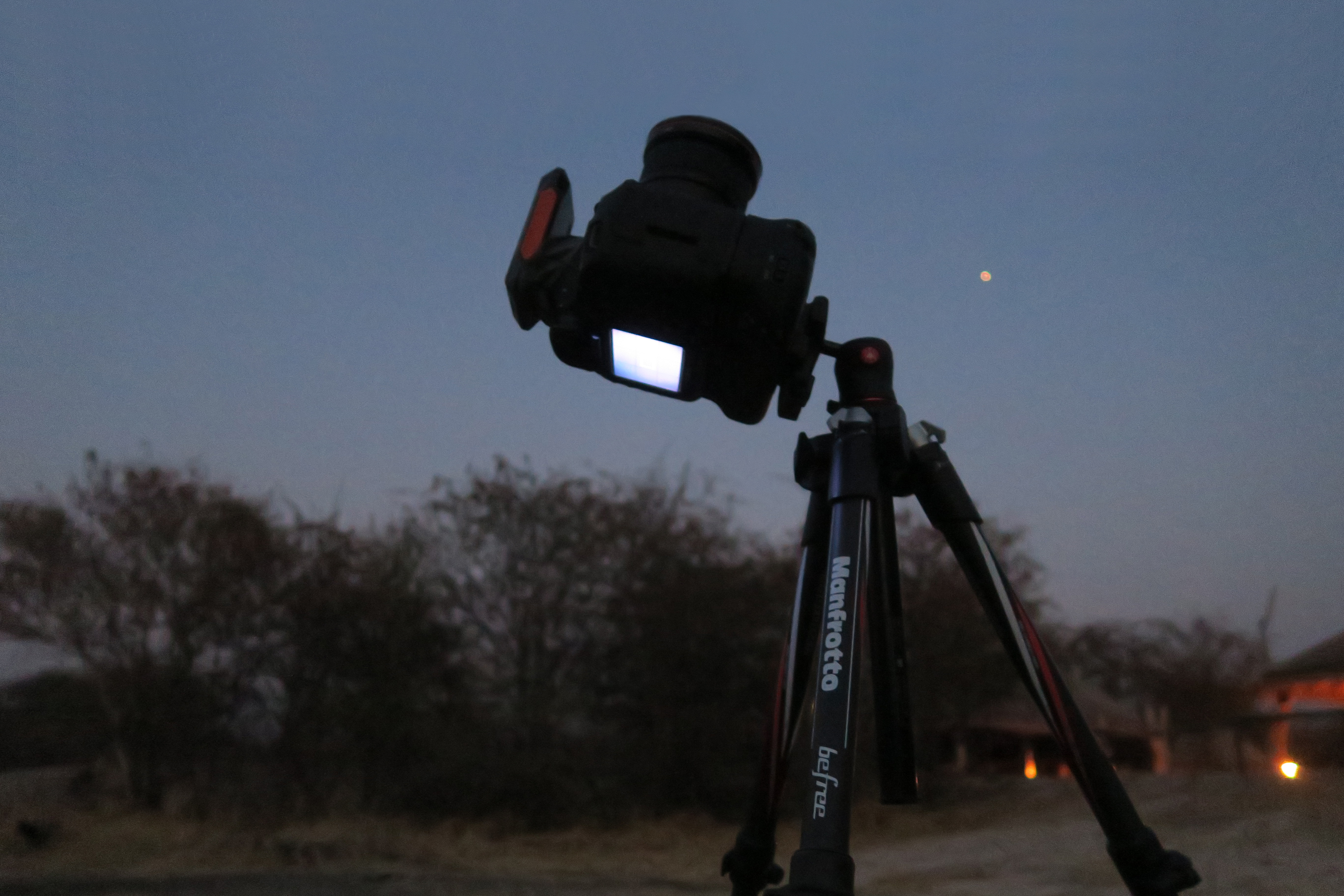
Night falls in Botswana
Shooting at night is much more complicated, especially with the frames Tom saw in his head. He wanted to capture both the hyena and the leopard at night with both animals perfectly lit, and the stars in the sky sharp. In this instance, you'd expect a double exposure to be the way to go. Expose once for the animal and once for the stars, and put the two together, right? Wrong. Tom wanted to capture everything in just one exposure.
First Tom elected to shoot in manual mode with a 5,6 aperture and a 20-second exposure to get the stars as sharp as possible. Expose for any longer and the stars would cease to be pinpricks of light and would instead become short lines on the night sky because of the rotation of the planet.
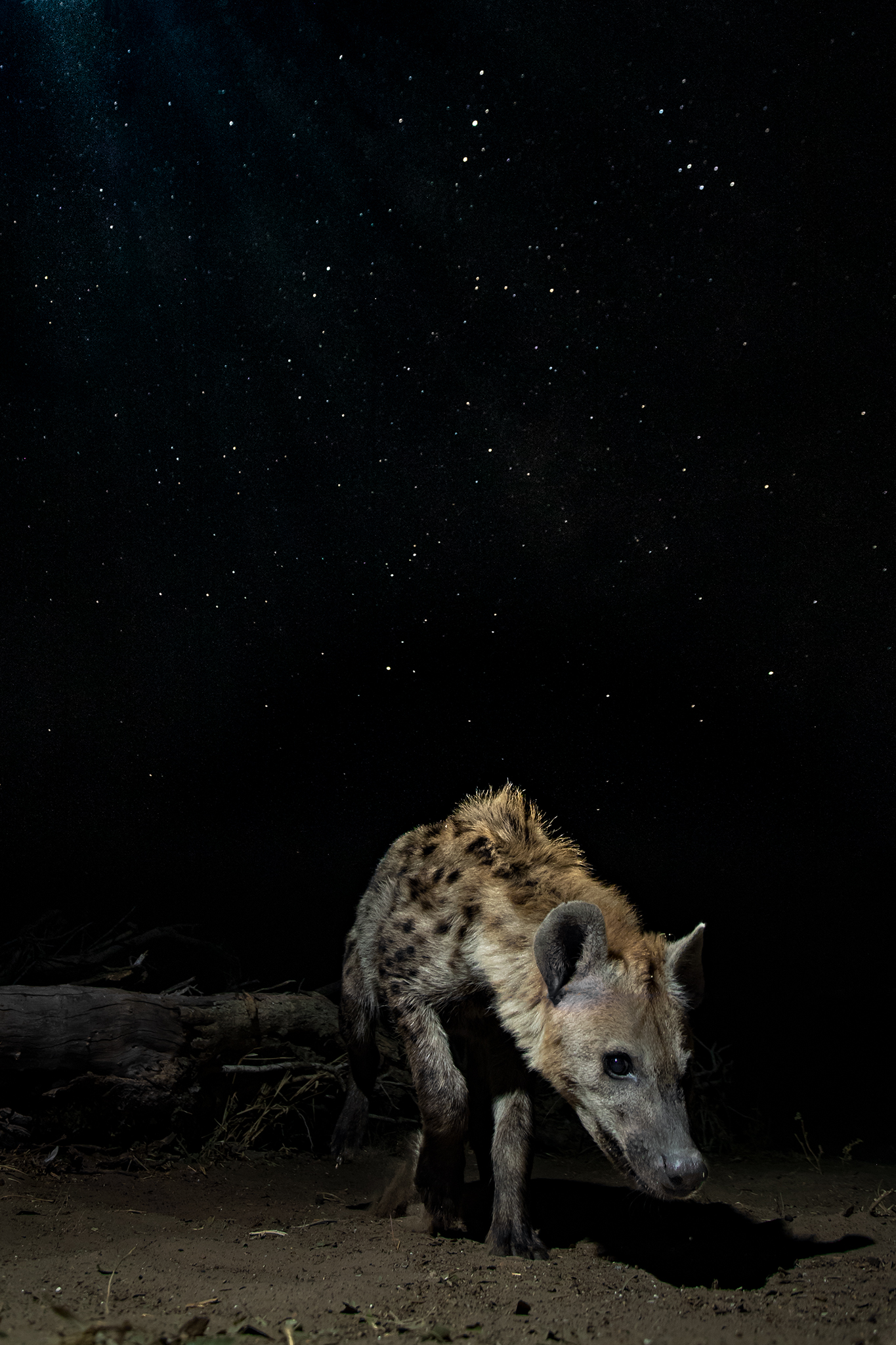
Capturing the beautiful and the deadly
When shooting the hyena, Anders mounted the A1 high in a tree to the left of the camera, to make the light on the hyena feel like gentle moonbeams. The A1 was set on low power. "Most photographers when they are talking about flash want more power, they always want more power”, Tom explains. “For me it's the opposite, to create these images I needed a flash with the capability to drop the power to such a low level the light becomes very subtle - the A1 allowed me to do that."
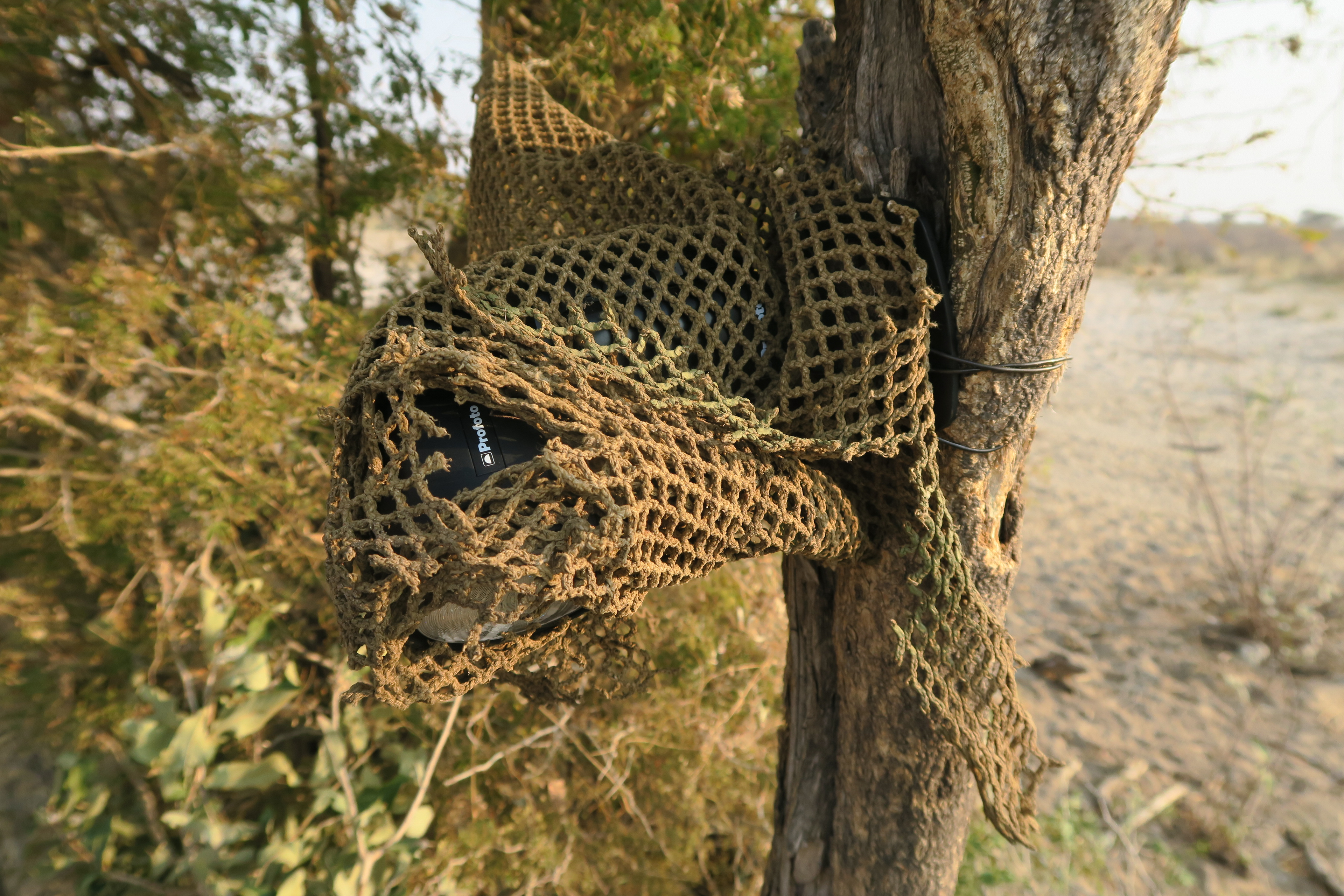
So the flash was set in manual mode, on low power. The resulting flash was so quick and soft the animal was hardly aware of it - and let's be honest, no-one wants to deal with an angry carnivore - yet there was enough natural soft light to illuminate the hyena perfectly in the darkness.
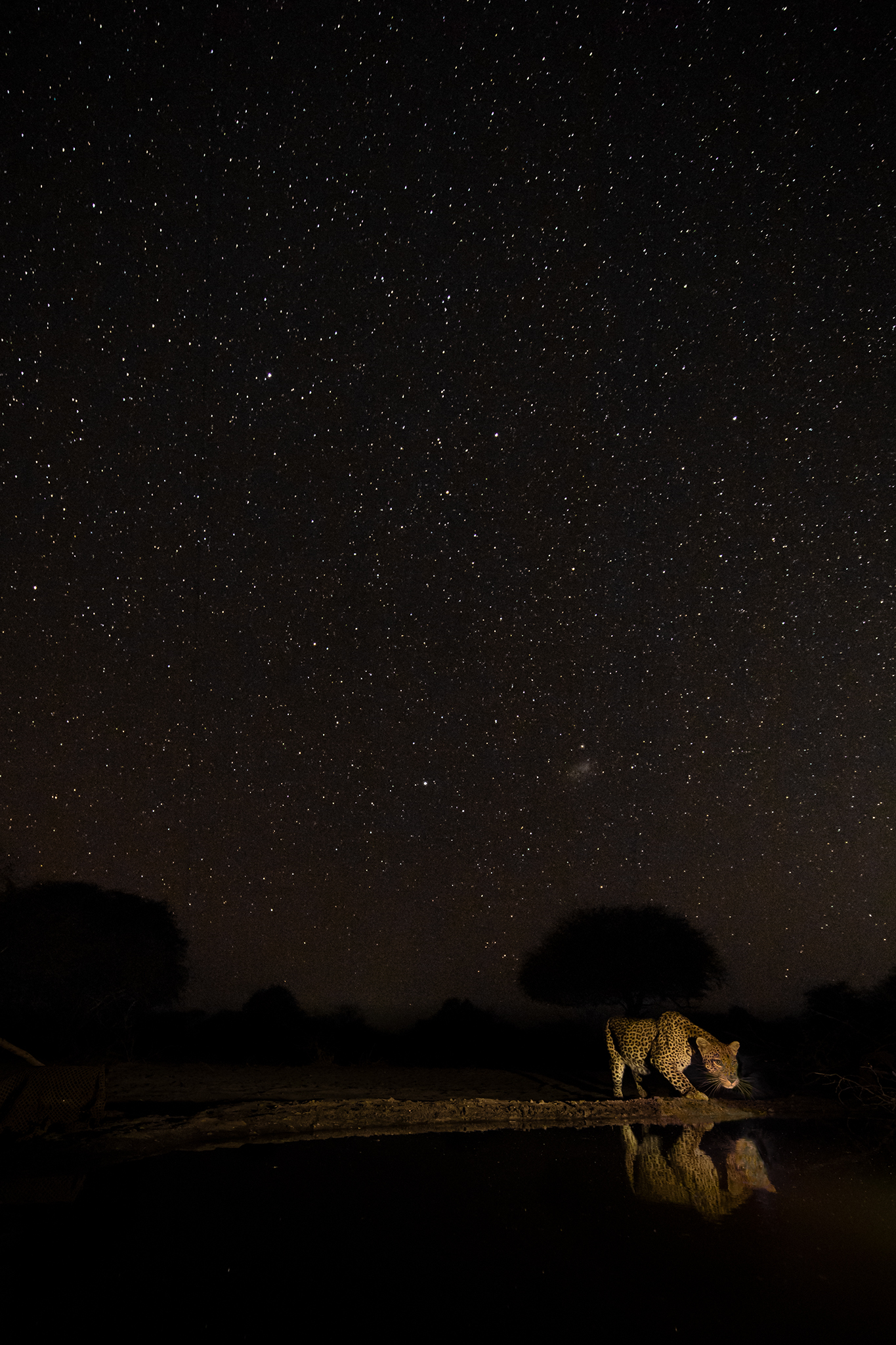
Tom captured the leopard in much the same way. Like the hyena image, he mounted the camera on a Joby GorillaPod with the legs splayed in the sand to take the weight. Again, he was keen to shoot in portrait format, so he needed to trust that the stand would hold the camera firmly in place at ninety degrees as it had with the hyena. This time the A1 was on the ground to the left of the camera on a Manfrotto PIXI mini tripod, again on low power to make the light on the leopard feel as gentle as possible as it crouched to take a drink.
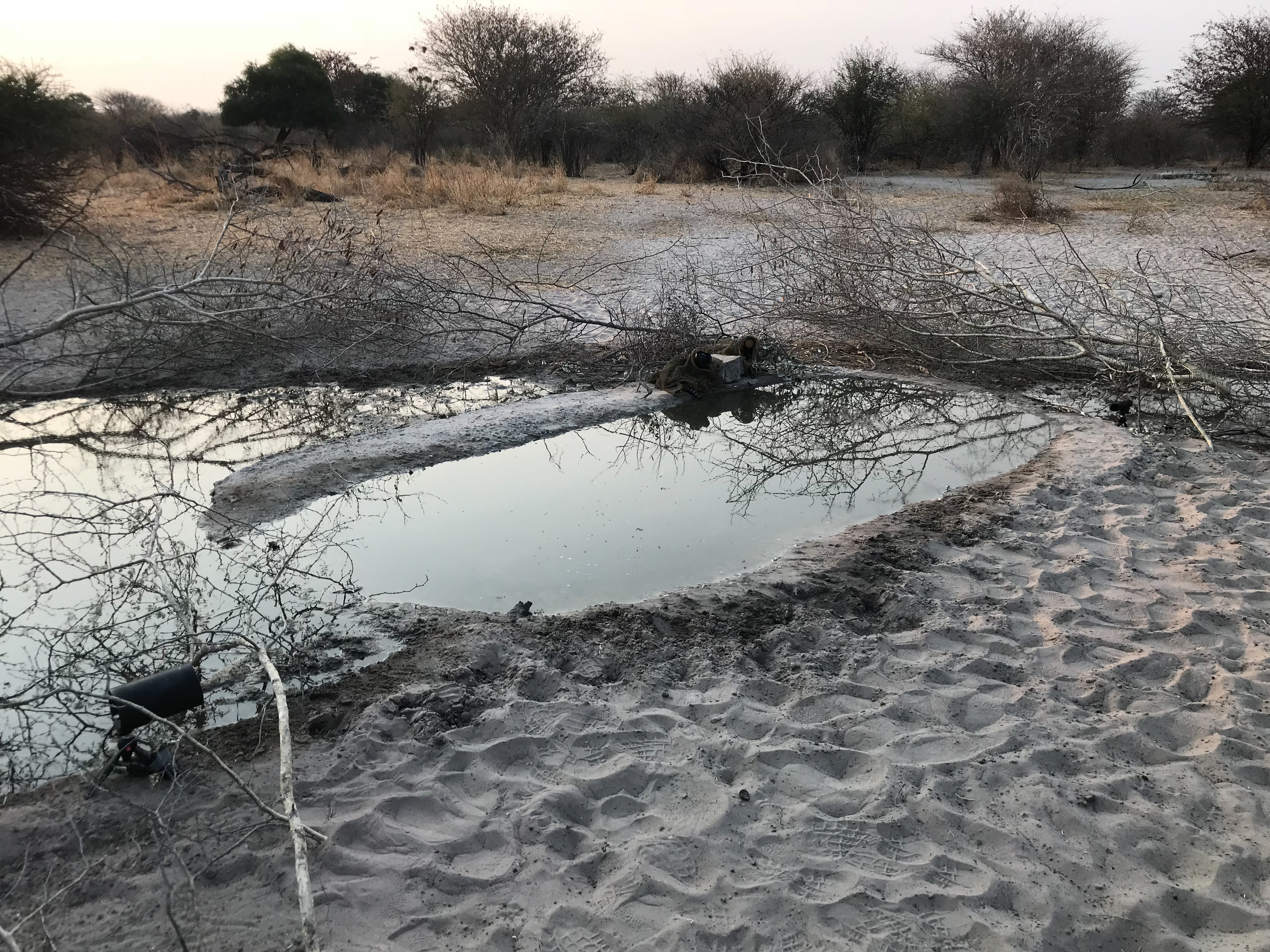
The most significant complication shooting both animals was the focus.
"Animals are not like models; you can't ask them to step in for a moment while you check the focus, you have to use a combination of experience and luck." The experience to know that carnivores often hold their heads low to the ground picking up the scent of other animals, and you need to focus for the head to make sure it's sharp, and that a good helping of luck will bring the animal in from the right direction (that, and some creatively positioned meat).
And again, the waiting game begins from a nearby hide - the only complication being that the batteries would need to be replaced once every night because all the equipment sat in standby mode.
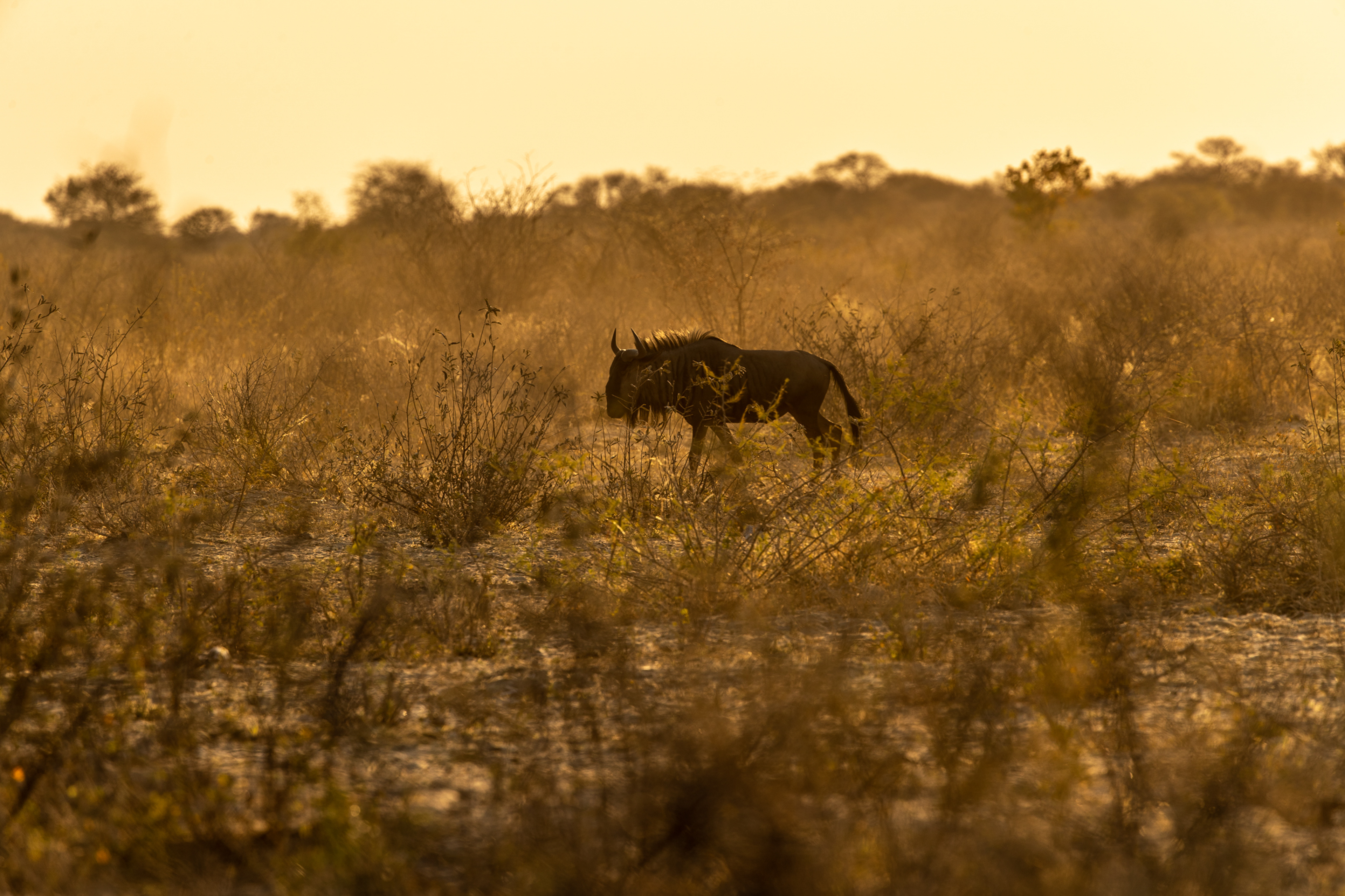
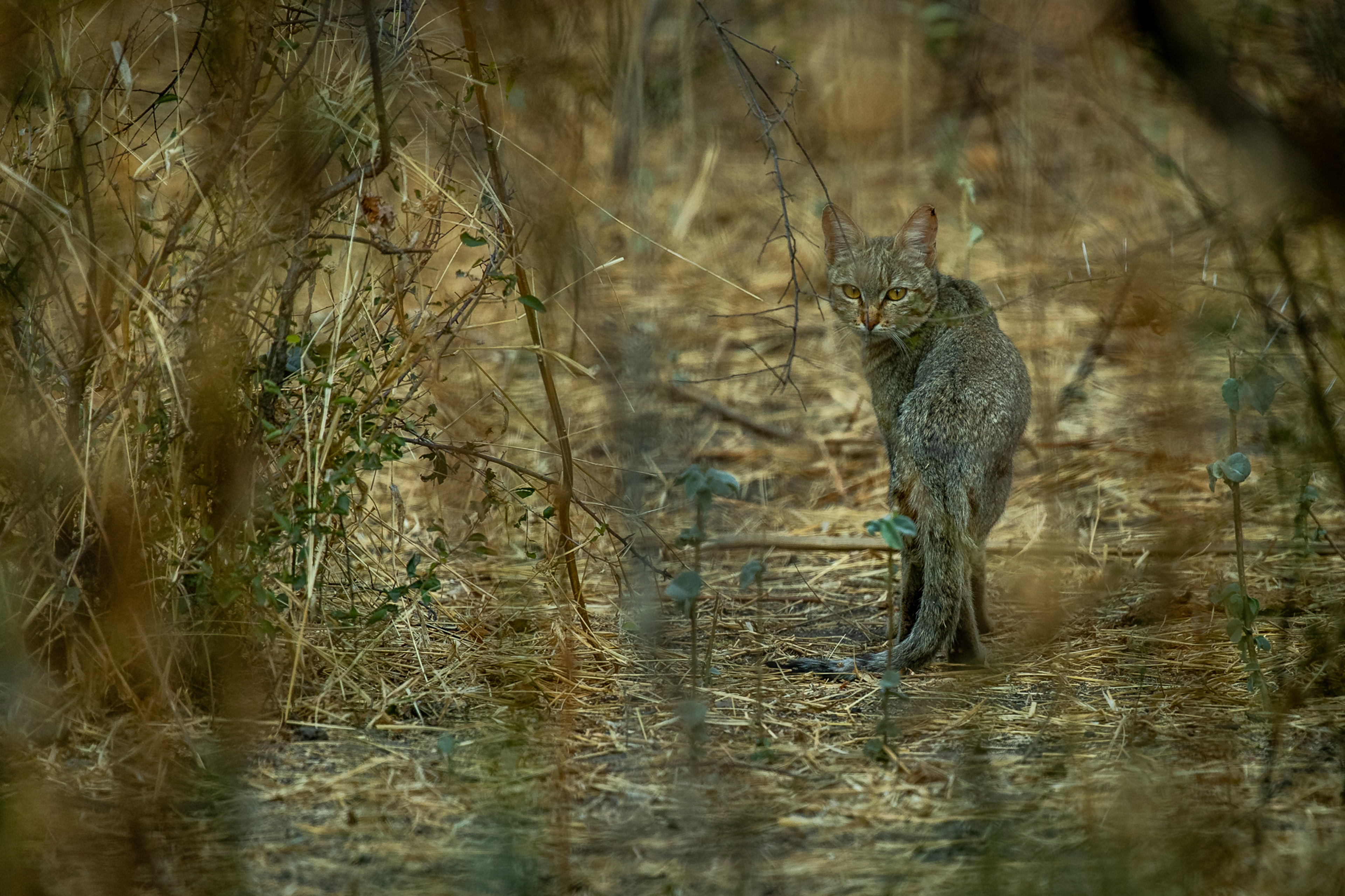
Trusting your gear to perform
Carnivores roam over great distances in the hunt for food and it took eight nights to capture the hyena, and eleven nights before the leopard's head triggered the waiting laser that in turn triggered both camera and flash. That's a lot of time spent waiting and a lot of trust in the equipment; believing that everything will work in the blink of an eye - or you leave empty-handed.
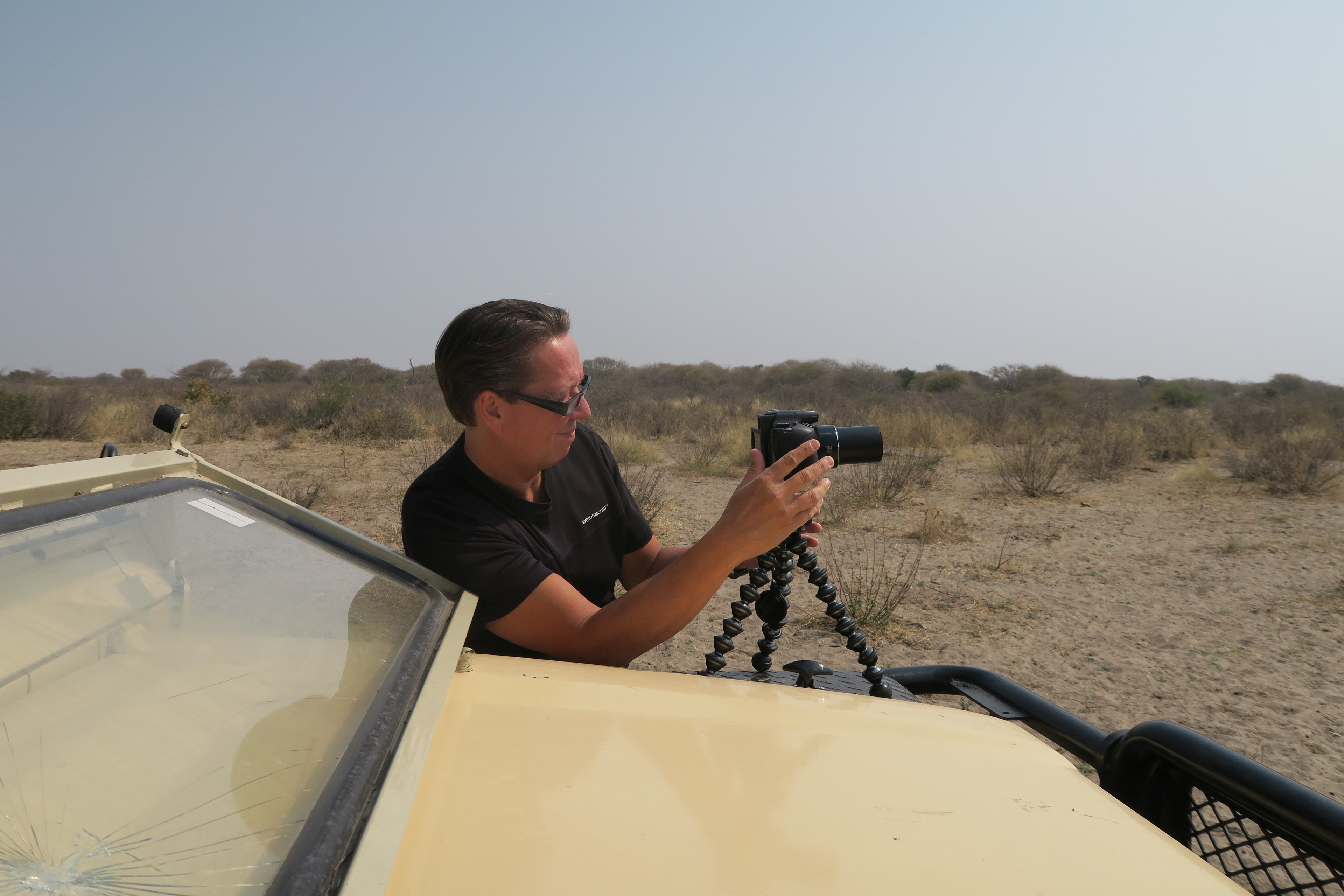
Everything worked perfectly, the team left Botswana with three fabulous images after a memorable shoot and Tom was particularly happy that they’d managed to capture the elusive hyena at night. The Manfrotto lighting stands were supremely adaptable and held rock solid, while the Profoto A1 delivered a quality of light that Tom hadn't experienced before with any other flash.
"With the A1, Profoto has opened up a door to a nocturnal world that I didn't think was possible - I can now see images in my head I couldn’t attempt before. Bottom line, if nature photographers were to buy any flash – it should be the A1."
